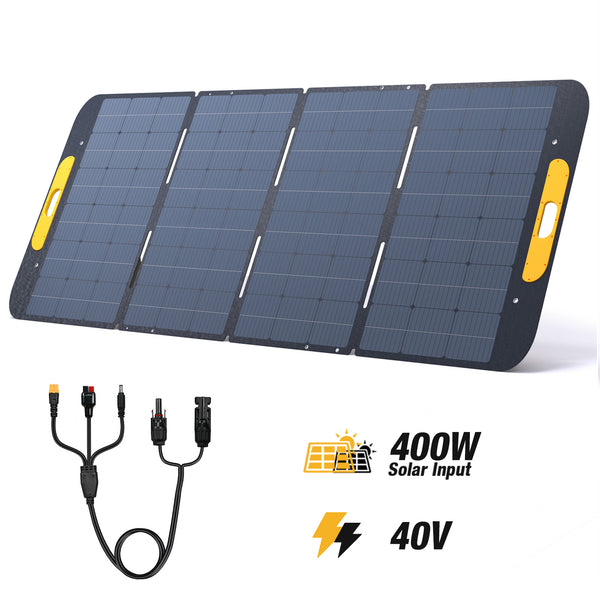When it comes to ensuring a comfortable indoor environment, understanding generator sizing for air conditioning requirements is crucial. Whether you are preparing for a power outage or planning a new installation, knowing how to size your generator can make all the difference in maintaining your air conditioning system's efficiency.

Why Generator Sizing Matters
Generator sizing is not merely a technical detail; it is a fundamental aspect of ensuring that your air conditioning unit operates effectively. An undersized generator may struggle to power your AC, leading to inadequate cooling and potential damage to both the generator and the air conditioning system. Conversely, an oversized generator can lead to inefficiencies and increased operational costs. Therefore, understanding generator sizing for air conditioning requirements is essential for optimal performance.
Key Factors in Generator Sizing
Several factors influence the appropriate generator size for your air conditioning needs:
- AC Unit Capacity: The first step is to determine the cooling capacity of your air conditioning unit, typically measured in BTUs (British Thermal Units). This information is usually found on the unit's specification label.
- Starting vs. Running Watts: Air conditioning units require more power to start than to run. Therefore, it is important to consider both the starting and running wattage when sizing your generator.
- Additional Appliances: If you plan to power other appliances alongside your AC, you must account for their wattage as well. This will help you avoid overloading your generator.
- Environmental Conditions: Factors such as altitude and temperature can affect generator performance. Higher altitudes may require a larger generator due to decreased air density.
Calculating Your Generator Size
To accurately size your generator, follow these steps:
- Identify the total wattage required by your air conditioning unit.
- Add the wattage of any additional appliances you wish to power.
- Consider the starting wattage of your air conditioning unit, which is typically 2 to 3 times the running wattage.
- Choose a generator that meets or exceeds the total wattage calculated.
For a more detailed guide on this process, you can visit this resource.
Conclusion
Understanding generator sizing for air conditioning requirements is vital for ensuring that your cooling system operates efficiently and reliably. By considering the factors outlined above and performing the necessary calculations, you can select a generator that meets your needs. Remember, the right generator not only enhances comfort but also protects your investment in your air conditioning system.








